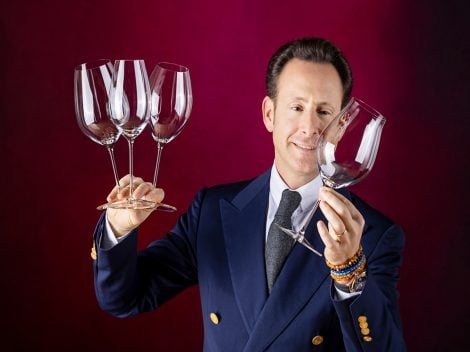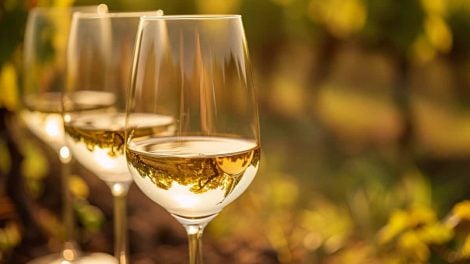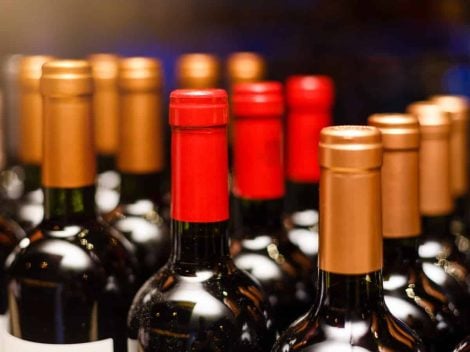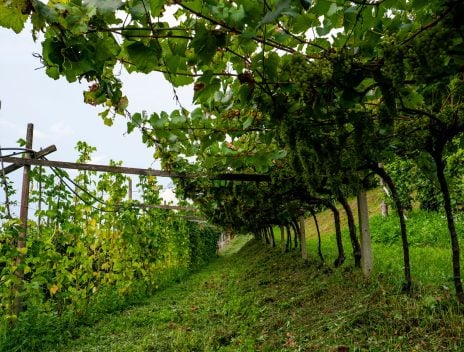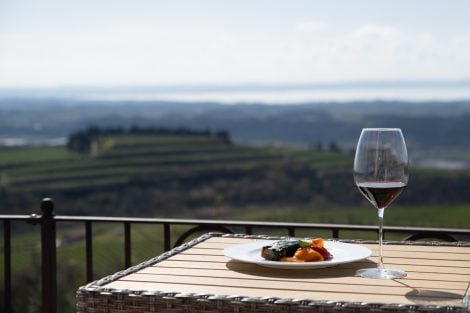Tasting wine means trying to understand and appreciate (or critique) its characteristics and components. This process engages our senses: whether in a professional setting or a casual one, the primary senses involved are sight, smell, and taste (which is closely linked to touch when the wine enters the palate and is swallowed). Our eyes, nose, and mouth serve as tools that allow us to interpret the information contained in the glass and, ultimately, decide whether we liked the wine or not.

Tasting wine: the visual examination
Our first encounter with a wine happens through sight. As soon as it is poured into the glass, even from a distance, it begins to communicate with us: it may whisper details about its geographic origin, the grape variety it comes from, its age, and even hint at aspects of its maturation and refinement, as well as the techniques used in its production. By tilting the glass against a white surface, we can get a clearer picture of what we are observing.
The first aspect to check is clarity: the clearer a wine, the fewer suspended particles it contains. A clear wine is not necessarily better than one with a slight haze; they are simply the result of different production methods. One might have been filtered and clarified, while the other could have been bottled with some of its own yeasts.
Colour: white and red wines
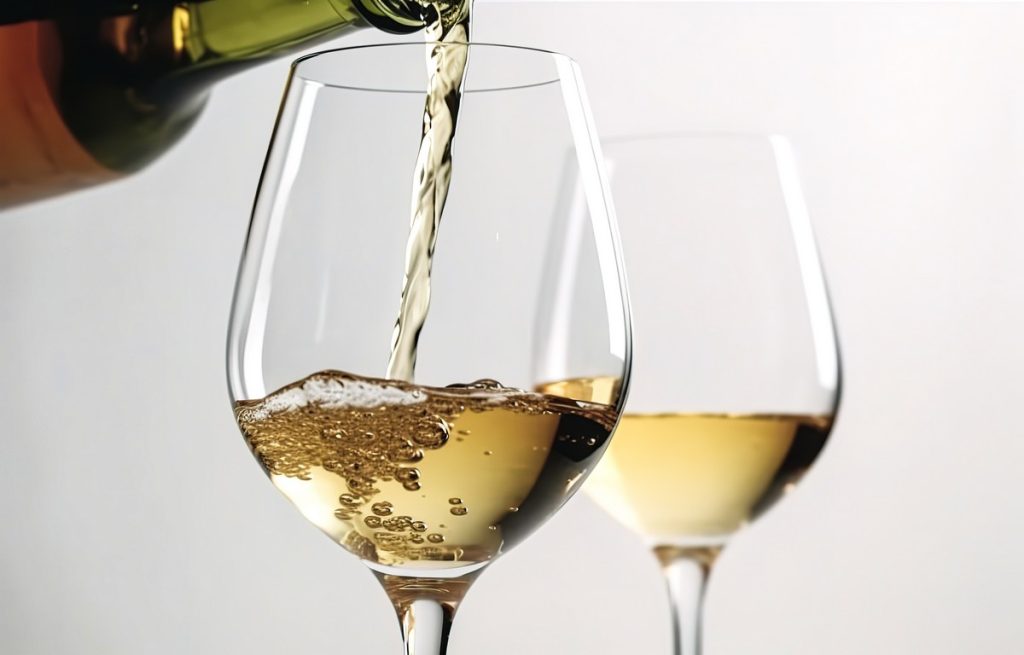
Colour also provides valuable information. For instance, if a wine has a pale straw-yellow hue with greenish reflections, it is likely a young white wine that has been vinified and aged exclusively in stainless steel. If golden hues are present, the wine may come from a warmer region, be made from riper grapes, or have undergone some ageing in wood.

The colour of red wines is primarily determined by pigments called anthocyanins, found in grape skins. Different grape varieties contain varying amounts of these pigments, meaning the colour can already offer some insights. Some reds are light and bright (such as South Tyrolean Schiava), while others are dark and almost impenetrable (Montepulciano, Aglianico, Cabernet Sauvignon, to name a few). A youthful red wine is indicated by violet reflections in the glass, whereas as it ages, its hues shift towards garnet, suggesting that it has been ageing for some time.
Colour: rosé wines and sparkling wines

In rosé wines, colour is a crucial factor, determined by the length of time the juice remains in contact with the skins of red grapes. The longer the contact, the deeper the shade of pink.

Sparkling wines deserve special attention, as we evaluate not only the colour but also the bubbles. If the bubbles are small and rise slowly, the wine has undergone a long fermentation process. If the bubbles are larger, rise quickly, and dissipate fast, the process was likely much shorter. Foam, on the other hand, is of little importance and depends largely on the serving temperature.
Tasting wine: the olfactory examination
This is often the most intriguing —and at the same time, intimidating —stage for beginners. In recent years, professional tasters have often overwhelmed us with long and unnecessary lists of aromas, making this part seem daunting to newcomers. However, a little practice is all it takes: assessing a wine’s aromas simply requires regaining control of your sense of smell and tapping into your scent memory, which is entirely personal.

So, how do you conduct the olfactory examination? Pour some wine into the glass and swirl it gently to allow oxygen to release its aromatic compounds. Then, bring your nose close to the glass and inhale a couple of times.
At this stage, the first scents detected are primary (varietal) aromas, which come directly from the grape variety. Some grapes, such as Gewürztraminer, Moscato, and Brachetto, are classified as aromatic, while others like Riesling, Sauvignon Blanc, Aleatico, and Cabernet Sauvignon are semi-aromatic.

For neutral grape varieties, secondary aromas are more dominant—these are formed during fermentation and can resemble flowers, fruits, or even vegetal notes. Finally, tertiary aromas develop during maturation and ageing, particularly in wines aged in wood, which contributes to their aromatic complexity. These can include toasted, spicy, balsamic, or even animalistic notes (such as leather).
Tasting wine: the gustatory examination
At last, we taste the wine. We bring the glass to our lips, take a sip, let the wine slowly coat the inside of our mouth, then move it to the front of the palate. At this point, producing a slightly unappealing slurping sound, we introduce a small amount of air through our teeth. This allows the wine to warm up and release more aromas retronasally. Finally, we swallow the wine—unless in a professional tasting, where it would be spat out.

When evaluating a wine, balance is key—it lies between its "hard" and "soft" components.
- The "hard" elements include acidity, minerality, and tannins (in reds).
- The "soft" elements contribute to the wine’s roundness and include alcohol, glycerol, and sugars.
To visualise this balance, imagine the hard elements as a triangle and the soft elements as a sphere. A well-balanced wine is one in which the triangle is perfectly enclosed within the sphere. If the sharp angles of the triangle extend too far beyond the sphere, the wine may feel too astringent or aggressive. If the sphere dominates, the wine may seem overly soft and lack vitality.
Achieving balance means that the structure of the wine is solid and harmonious. That said, personal preference plays a role: some people favour crisp, high-acid wines, while others prefer smooth, mellow ones.
The beauty of wine is just that—there is a perfect match (or several) for everyone.

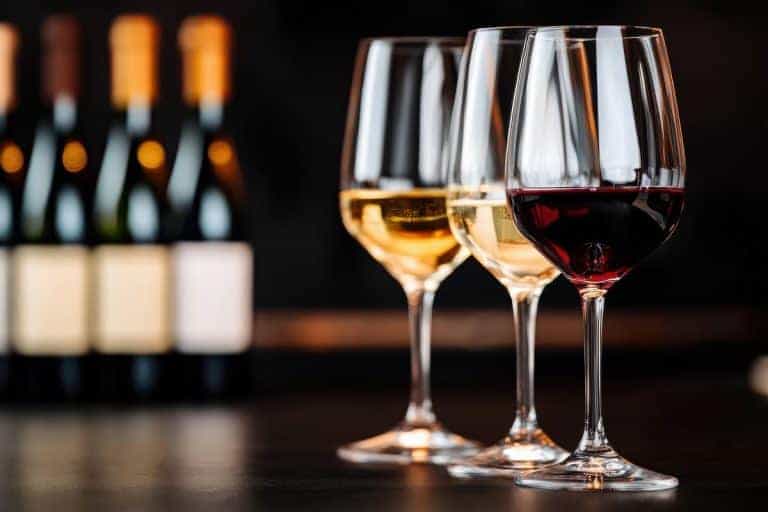
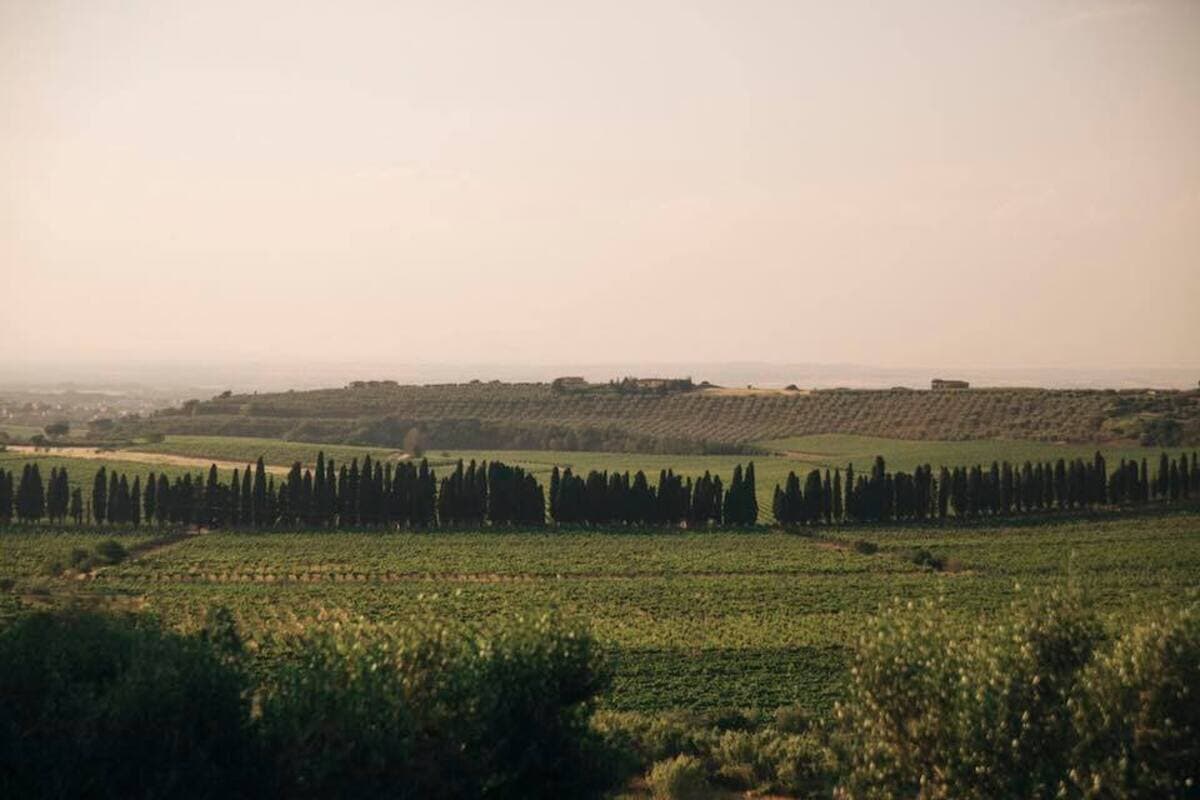 The Consorzio dei Vignaioli del Lazio is born. This is how artisan producers challenge the agro-industrial model
The Consorzio dei Vignaioli del Lazio is born. This is how artisan producers challenge the agro-industrial model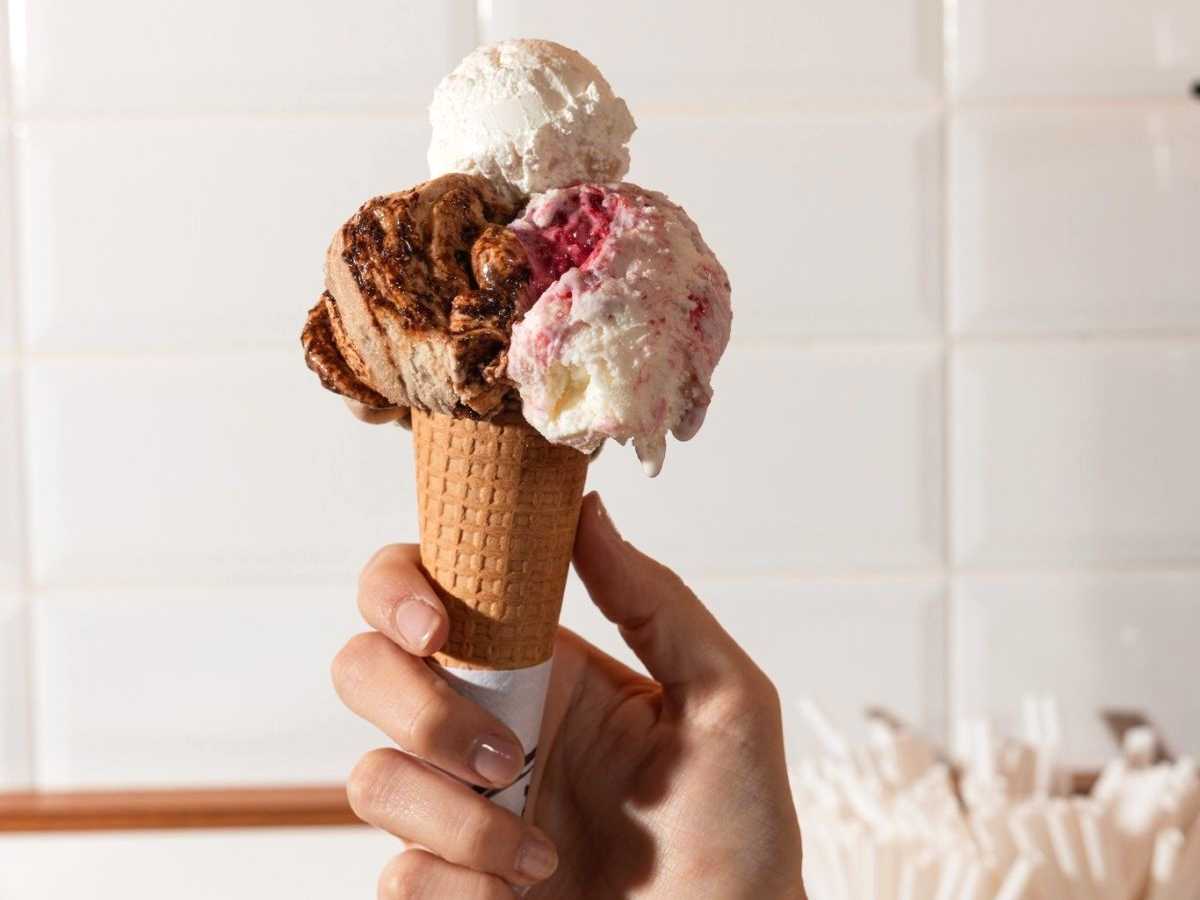 Where to eat gelato in Milan: the best spots
Where to eat gelato in Milan: the best spots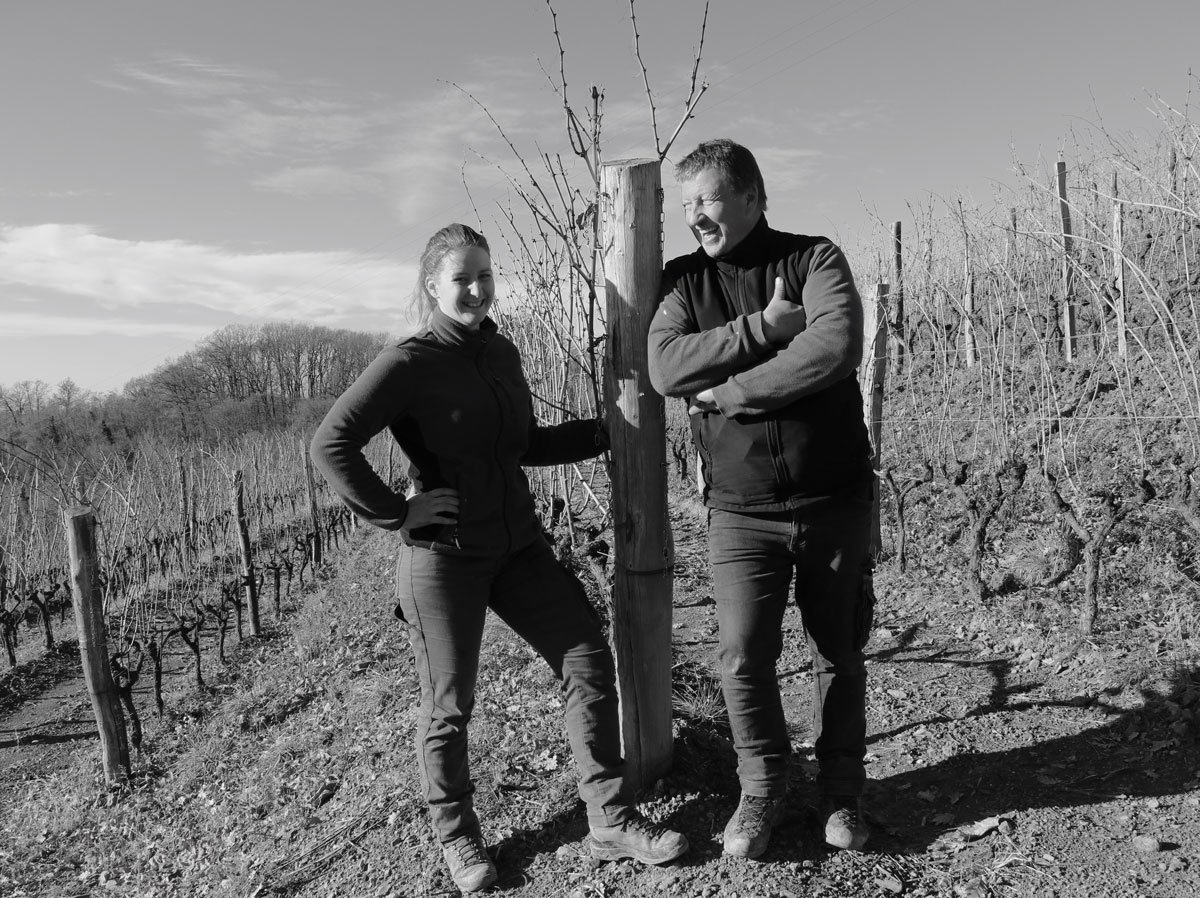 "I never thought wine was natural — it's the biggest nonsense I've ever heard." Interview with Damjan Podversic
"I never thought wine was natural — it's the biggest nonsense I've ever heard." Interview with Damjan Podversic This year the Giro d’Italia starts in Durrës. Here are 4 unmissable places to eat in the Albanian city
This year the Giro d’Italia starts in Durrës. Here are 4 unmissable places to eat in the Albanian city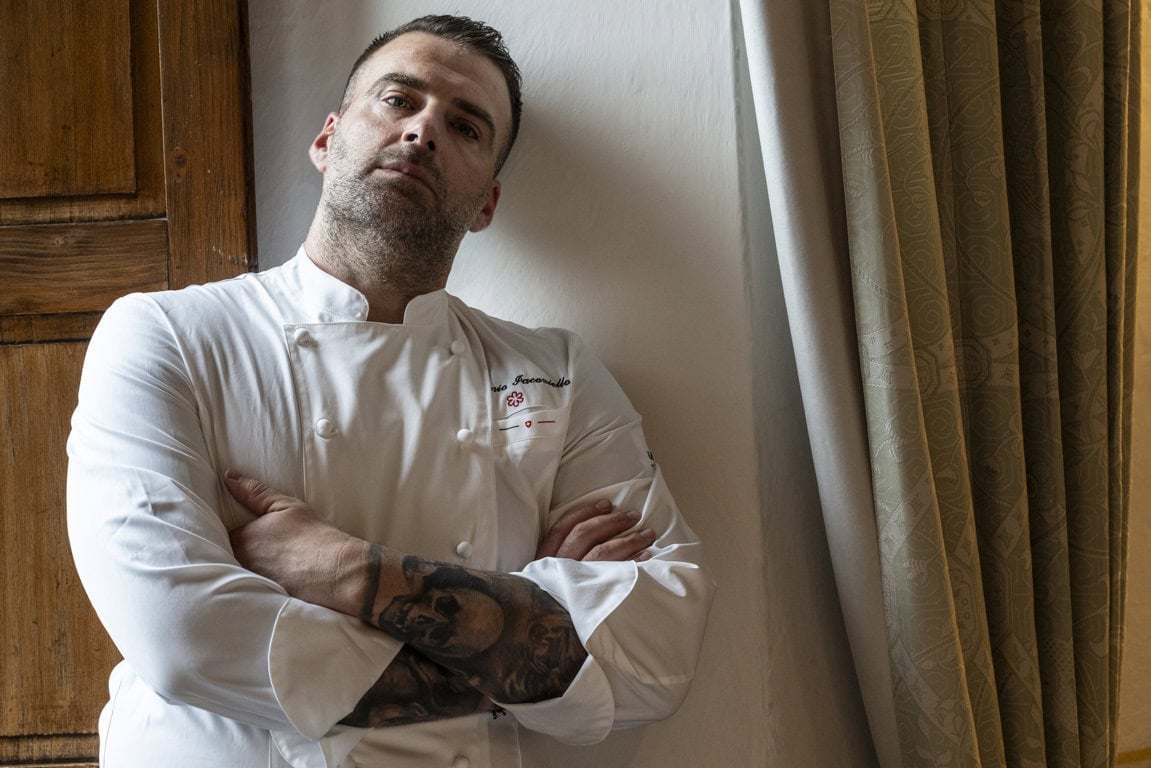 The chef who left a top restaurant in Tokyo to open his own place in a small Tuscan village
The chef who left a top restaurant in Tokyo to open his own place in a small Tuscan village